- Home page
- Tourism
- Discover
- Visit Gironde
- The Blayais
- Visit Gironde
- Discover
- Tourism
The Blayais
Automatic translation
Blayais, the estuary as a landmark
The Blayais, rich in natural and cultural heritage, is this wine-growing territory (Blaye - Côtes de Bordeaux) in the north of the Gironde, bordered by the Charente-Maritime, the Libournais, and the right bank of the Gironde estuary. These are vineyards as far as the eye can see, small valleys where pretty castles or houses are built in cut stone, this Bourgeais stone, iridescent with a blond color their facades. It contrasts with the green of the countryside and the vines.
Along the estuary, particularly on the cornice road, galleries have been transformed into troglodyte dwellings. At certain times of the year, guided tours are organized to discover them. The villages of Blayais are home to small Romanesque churches that are pure architectural gems. Many hiking trails allow you to discover them.
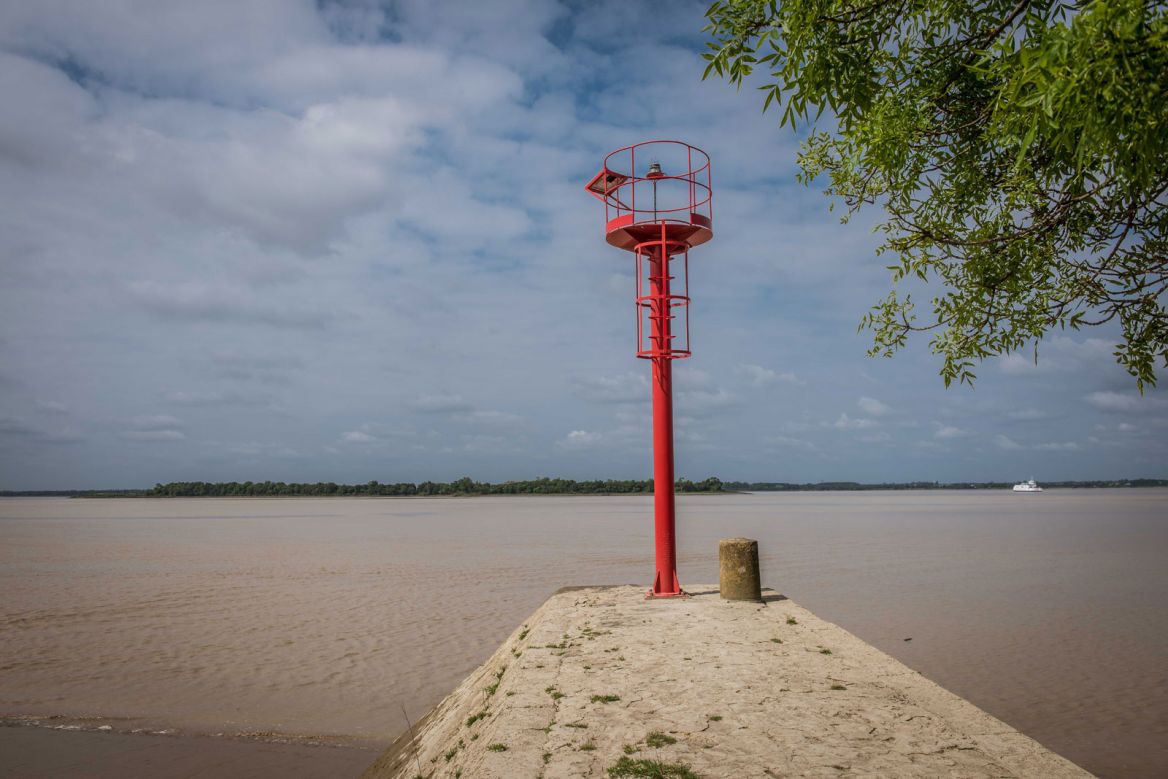
Blaye, in the shadow of the citadel
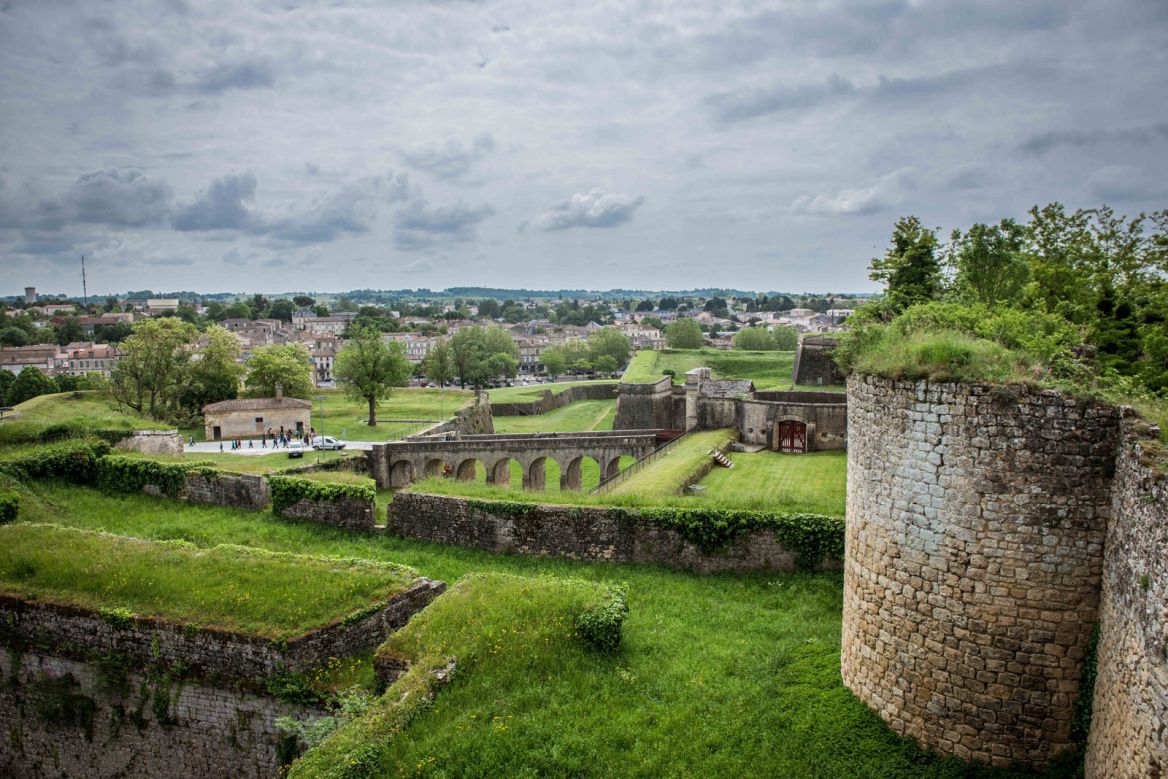
The Vauban citadel, a city within a city, is built on the side of a cliff and has been a UNESCO World Heritage Site since 2008. It attracts many visitors. Access is free, as is the car park opposite, at the bottom of the ramparts. You can wander around as you wish, exploring its narrow streets , stopping at small shops, or treading its green spaces that children are happy to climb.
Signs tell its story. In order to defend Bordeaux and the Kingdom of France from the English threat, Vauban built a citadel encircling the city in 1685, on the orders of King Louis XIV. Long a military building, it is now a major tourist site in Aquitaine. This monument on around thirty hectares, which is accessed by the Royal Gate or the Dauphine Gate, has several remains: the towers of the old fortified castle of the Rudel family dating from the 12th century, the Eguillette Tower, the parade ground. The powder magazine and the Minimes convent – magnificently restored – host temporary exhibitions.
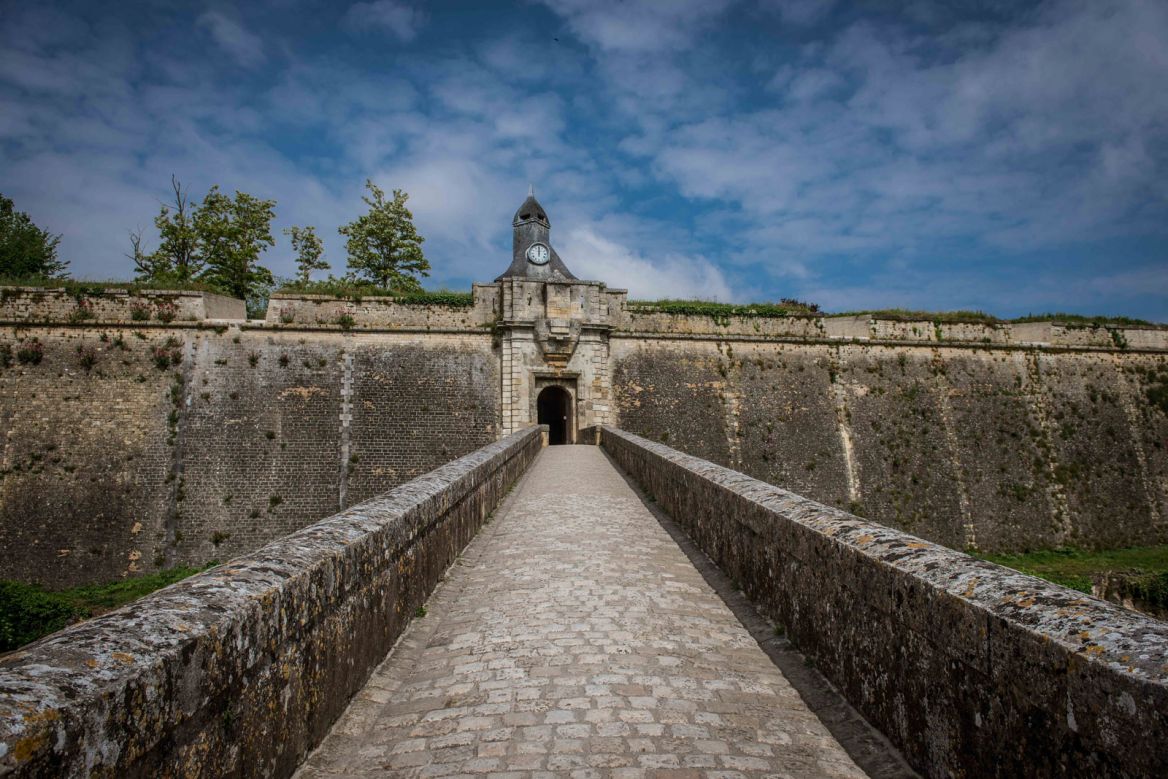
Its underground passages leading to the port can also be visited, as can the history and archaeology museum (paid visits) at its heart. The citadel is part, with Fort Pâté and Fort Médoc, located opposite Blaye, of the "Vauban lock", this defensive triptych unique in France.
In July and August, a small tourist train, at the foot of the citadel, takes travelers on a guided tour of Blayais, its vineyards and the estuary. It is the longest in Europe, at 70 kilometers. It brings back memories of barges loaded with wood, stones, and wines. You can discover the citadel by horse-drawn carriage with the Marquis de Vauban castle which offers a tour of its cellars and a tasting of its wines.
Other emblematic remains of the city: the Saint-Romain basilica, now destroyed. Necropolis of the Merovingian kings of Aquitaine, including the most famous Roland, Lord of Blaye and nephew of Charlemagne, who was attacked by a troop of Vascon pillagers while crossing the Roncevaux pass in the Pyrenees.
Let’s go together to visit the citadel of Blaye !
Le Comptoir Vauban
Le Comptoir Vauban
In the heart of the Citadel of Blaye and facing the estuary of the Gironde, the Comptoir Vauban welcomes you for all ...
Blaye
Le Petit Port
Le Petit Port
An emblematic establishment in the heart of the town of Blaye Nestled in the city center, our establishment offers a ...
97 m - Blaye
L'Auberge des Officiers
L'Auberge des Officiers
Formerly the Officers' Mess in the Vauban era, the restaurant L'auberge des Officiers is located inside the citadel, ...
314 m - Blaye
We also embark from Blaye for river cruises along the estuary, from island to island. The town of Braud and Saint-Louis, on the edge of the estuary, is home to the Blayais nuclear power plant.
South of Blaye, Plassac has preserved the remains of Gallo-Roman villas which attest to human presence from the 1st century. Its small port is quite charming. Also to discover in Saint-Geniès de Blaye, a channel of sea water – the small port of Bernu, the carrelets – typical fishermen's houses on stilts – and the wild landscapes of the estuary.
Exceptional flora and fauna can also be observed in the Blayais marshes.
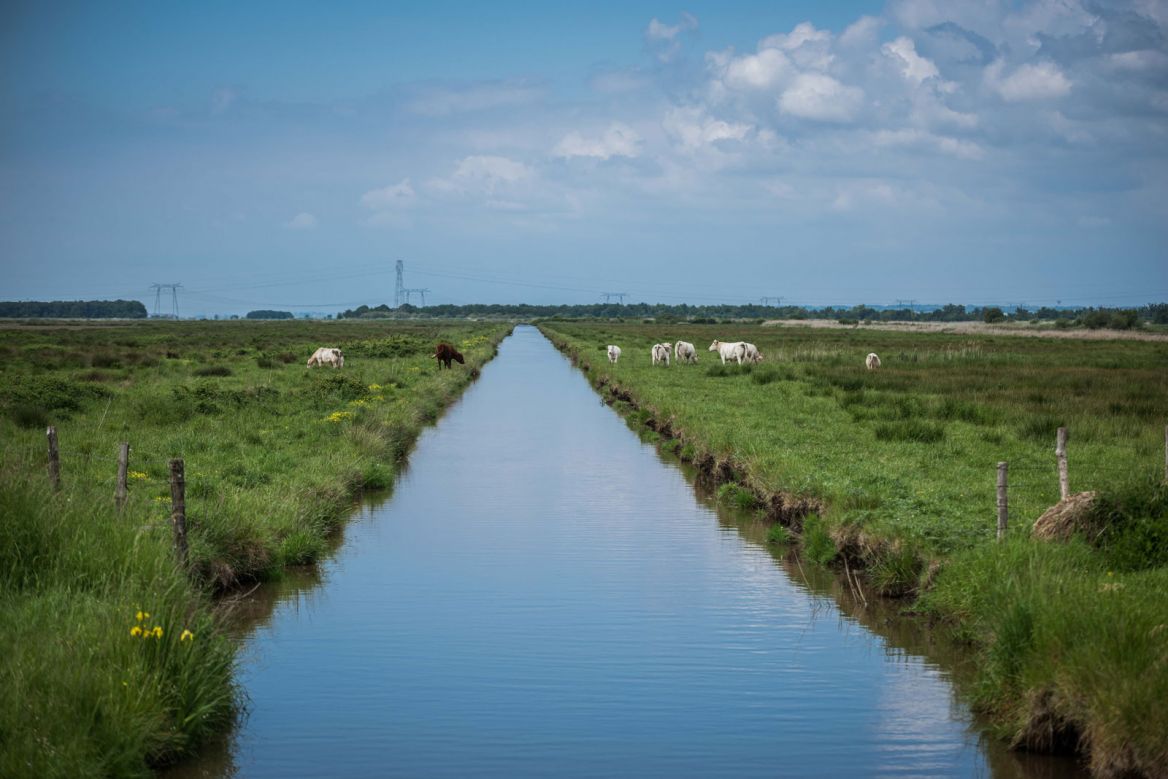
To the east of Blaye, in the commune of Berson, a stele commemorates the Battle of Cau. During the Second World War, it pitted the resistance fighters against the Germans and left forty dead. The village is also home to the fortified house of Reisset, built in the 13th century, as well as mills and fountains to discover on the hiking trails.
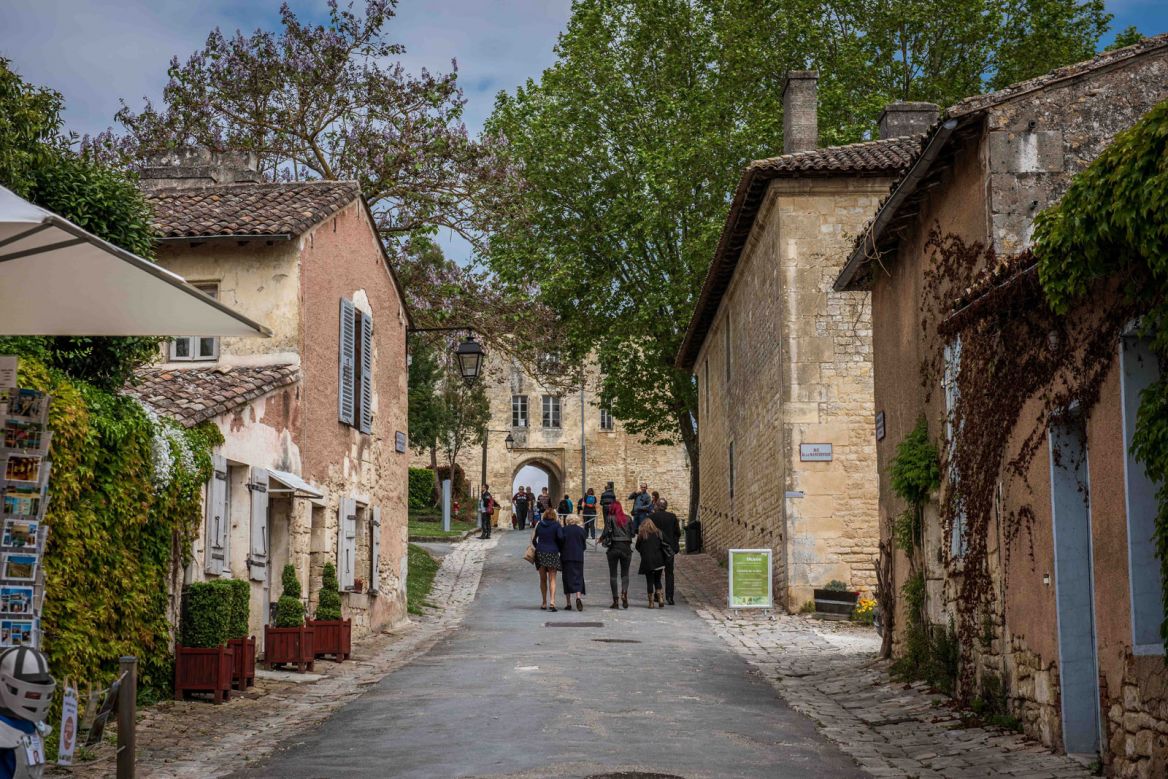
Bourg-de-Gironde, the river exception
To get to Bourg-de-Gironde, you can take the corniche road, running along the Gironde estuary for about ten kilometers. You can also see troglodyte dwellings in the limestone cliff. Bourg-de-Gironde, which, contrary to its name, is located on the Dordogne, is a quiet little village with its small port on the edge of the estuary, a magnificent covered washhouse dating from the 19th century and its upper town leading to the ruins of the citadel castle where a horse-drawn museum has been set up. From its promontory, you have a view of the village, the estuary and the Bec d'Ambès.
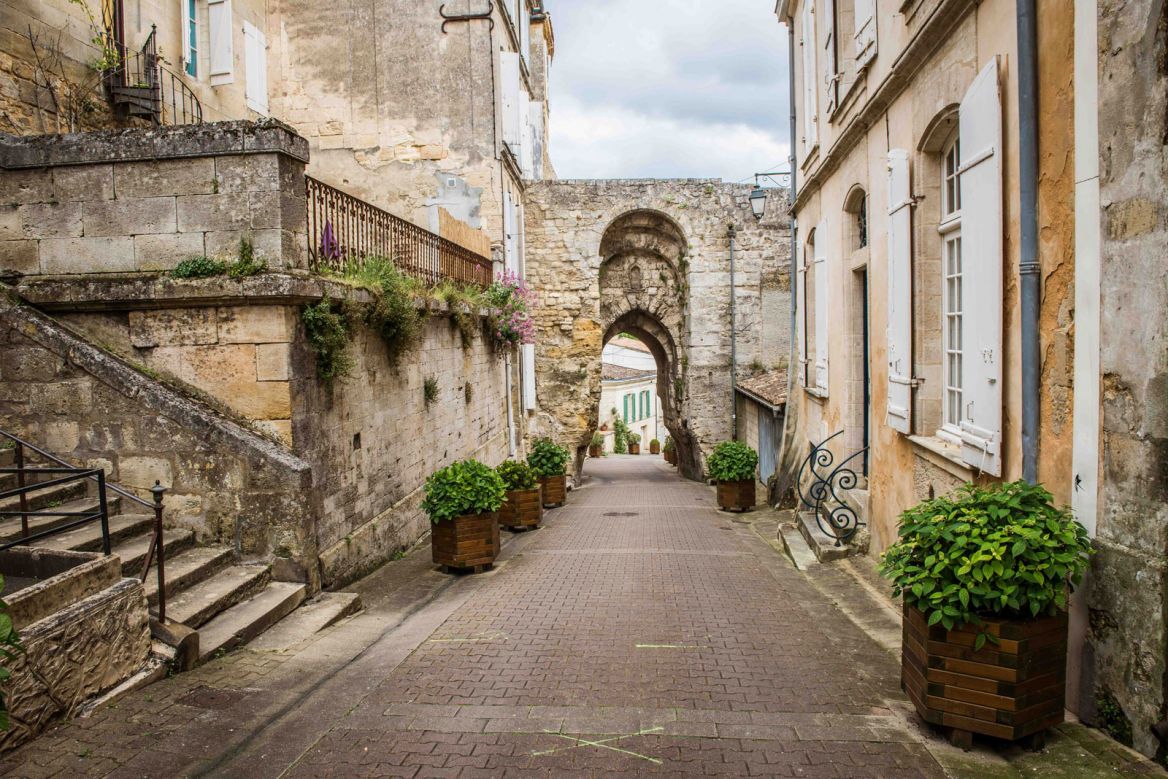
Near Bourg-de-Gironde, the decorated cave of Pair-Non-Pair has parietal engravings of bison, mammoths and ibex, dating back 30,000 years. In Lansac, the Grand Puy mill has been completely restored by a volunteer worksite, a festival is dedicated to it in mid-June.
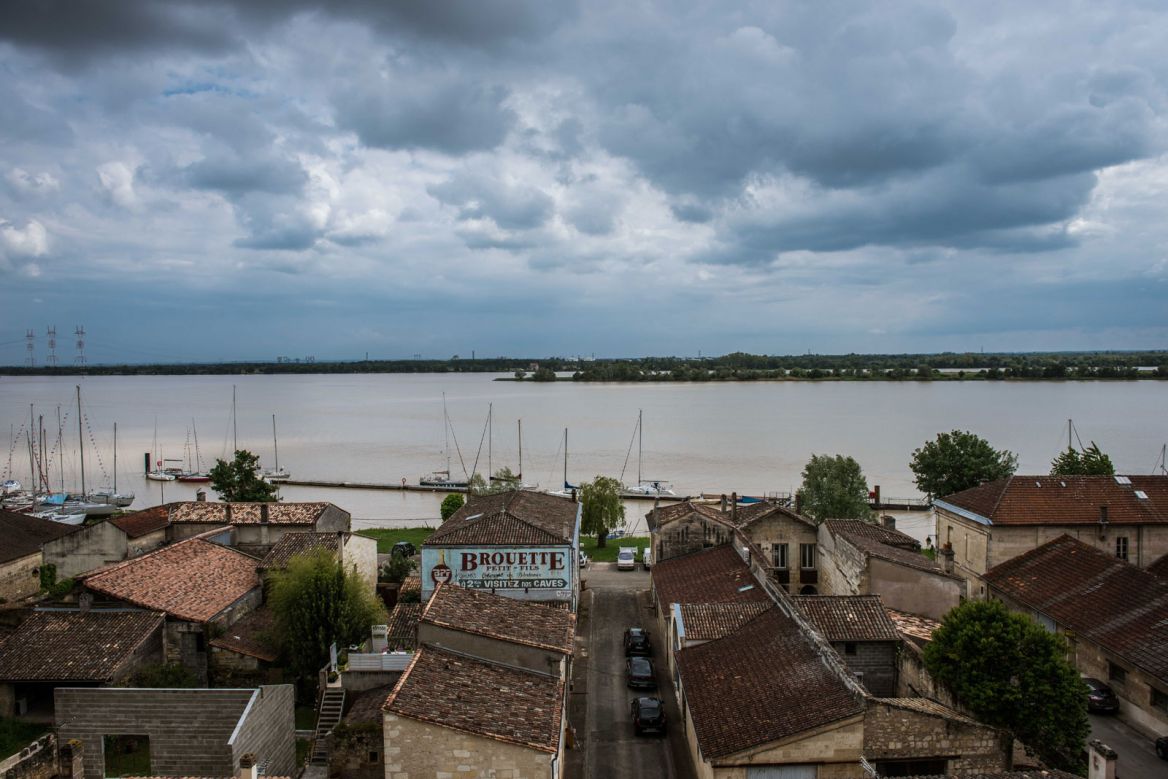
Saint-André-de-Cubzac, home of Commander Cousteau
Located on the Dordogne, the commune of Saint-André-de-Cubzac has a small marina, the Port de Plagne, which would not have been disowned by anyone who has sailed the seas and oceans with his boat La Calypso.
This is where the man in the red cap, Commander Jacques-Yves Cousteau, was born and buried. A pretty Romanesque church was built by the Benedictines of Sauve Majeur in the 12th century. The Montalon hillside, with its 73 meters, is the highest point in the Haute-Gironde. A few mills still bear witness to the milling past.
At the foot of the Moulin de Montalon, a stele indicates the passage of the 45th degree North latitude, which is equidistant between the North Pole and the Equator. The town is home to the magnificent neoclassical-style Château du Bouilh, designed by the architect of the Grand Théâtre de Bordeaux, based on the old 16th century château.
In the surrounding area, you can admire, in Cubzac-les-Ponts, a road bridge built by Eiffel and rebuilt identically by his grandson after being destroyed by the Germans during the Second World War.
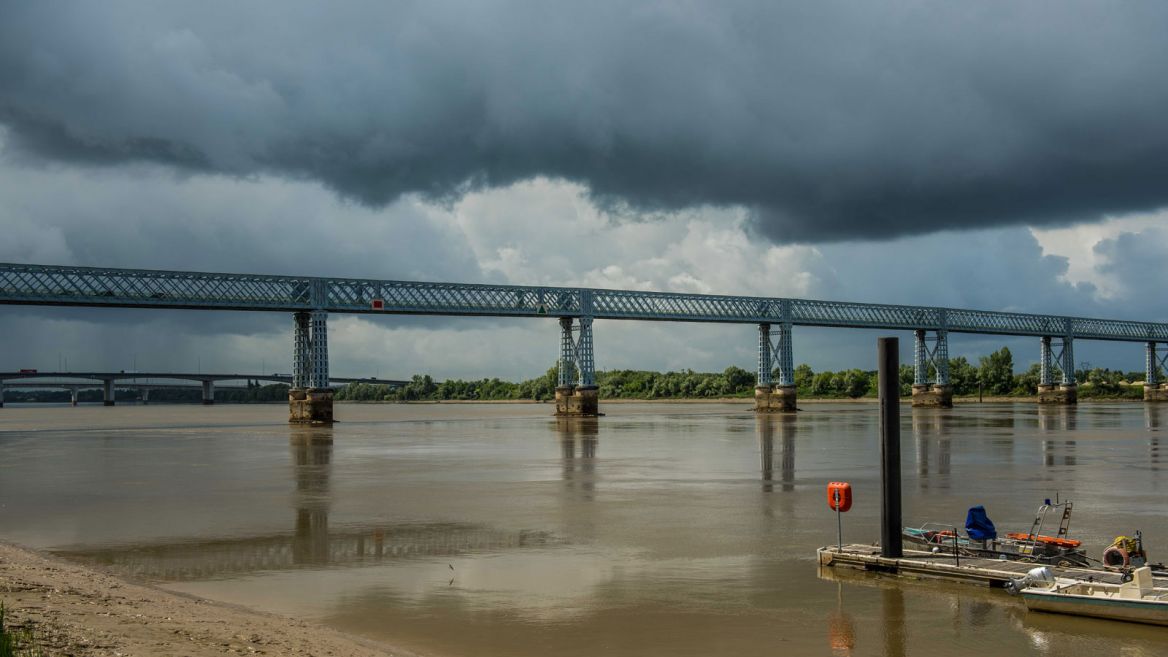
La Table d'Inomoto
La Table d'Inomoto
Discover La Table D'Inomoto: Fusion of Flavors in Saint-André-de-Cubzac In the heart of Saint-André-de-Cubzac, La ...
245 m - Saint-André-de-Cubzac
Le Vigneron à Table
Le Vigneron à Table
Le Vigneron à Table : a gourmet stopover in Saint-Laurent-d’Arce Nestled in the picturesque old town of ...
4,9 km - Saint-Laurent-d'Arce
La Muraille
La Muraille
Restaurant la Muraille, a refined address to discover in Gironde You will be amazed at the restaurant La Muraille ...
11,1 km - Marcenais




